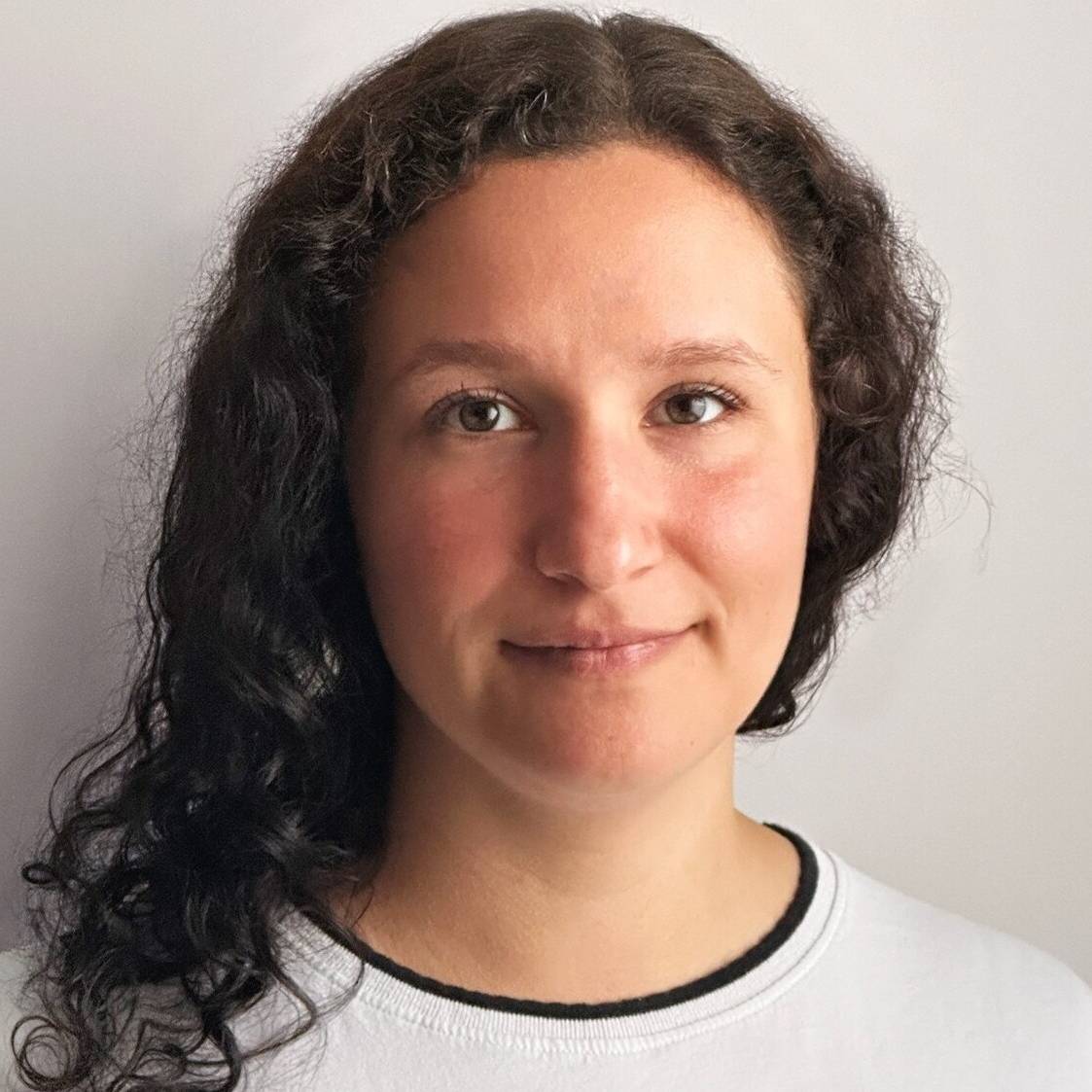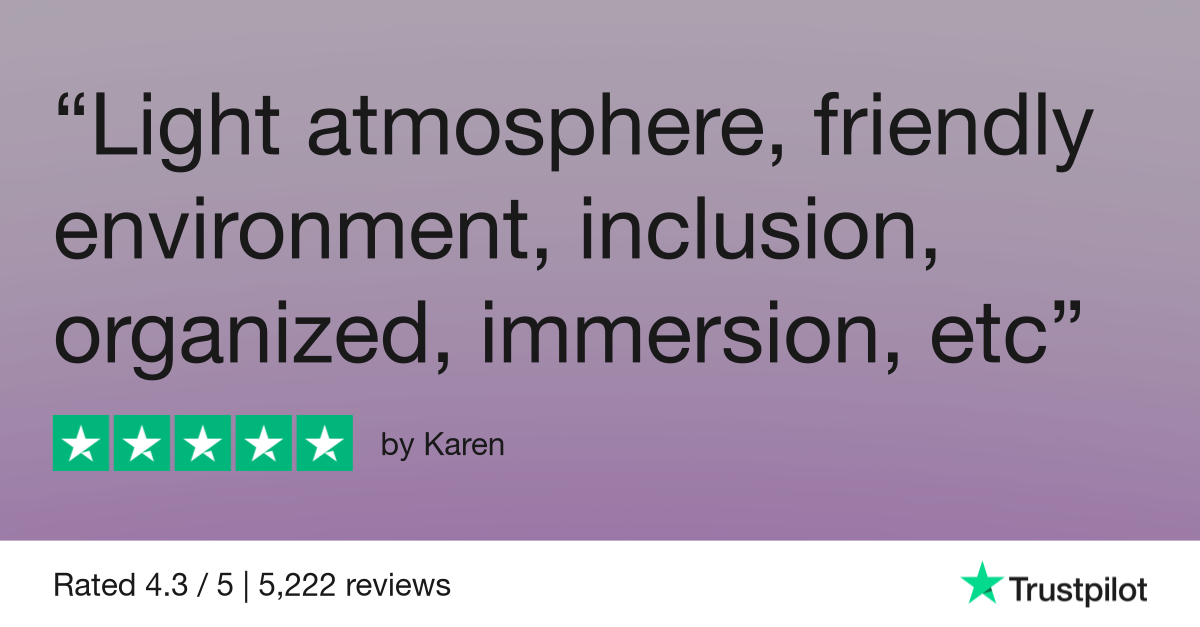High German vs. Low German: Key differences explained

Aside from their regional designations, German dialects are generally grouped into two categories: High German and Low German. These terms have nothing to do with how “correct” or “proper” the language is; rather, they reflect how German has developed and diverged across vast swaths of land and time.
In this article, you’ll learn the key differences between High German vs. Low German. We’ll clarify what these terms actually mean and discuss how they’ve shaped the German you hear today.
- What “High” and “Low” really mean
- A sound divide: The High German consonant shift
- A short timeline of German dialect evolution
- Key differences between High and Low German
- Cultural and linguistic importance today
- FAQ
What ‘High’ and ‘Low’ really mean
Germany, Switzerland, and Austria are home to a broad variety of German dialects. While most of these dialects get their name from the region they’re spoken in — Bavarian, for instance — German dialects are also classified into two different categories: High German and Low German.
When we talk about “High” versus “Low,” we’re not talking about a measure of quality or even correctness. Instead, these terms literally refer to height — as in, elevation.
High German dialects are spoken in the southern German uplands, a stretch of land that includes Bavaria, Austria, and Switzerland. Low German dialects are spoken in the northern German lowlands and can be heard across cities like Hamburg and Bremen and in northern states like Schleswig-Holstein.
Is High German the same as Standard German?
Here’s where it can get confusing. The term “High German” is also sometimes used to mean Standard German (Standarddeutsch or Hochdeutsch), the standard written and spoken language used in schools and media across Germany, Austria, and Switzerland. The reason for this is that Standard German is derived mainly from written dialects used in the High German dialect area, especially Saxony and Thuringia.
The geography of German dialects
Look at the North-South dialect map after 1945, and you’ll notice that the linguistic border between Low and High German runs from west (approximately at the latitude of Münster) to east.
In the north, across the German lowlands, people traditionally spoke various dialects of Low German (Plattdeutsch). These dialects developed separately from Standard German and share some linguistic features with Dutch and English.
In the central regions of the German-speaking world, you’ll hear High German varieties of places like Hesse, Thuringia and parts of the Rhineland. In the southern regions, especially in Bavaria, Baden-Württemberg, Austria and Switzerland, you’ll find Upper German dialects.

Learn German with Lingoda
How it works

A sound divide: The High German consonant shift
If High German and Low German dialects sound quite different, it largely owes to the High German consonant shift. This shift spread gradually from the southern uplands (i.e., the Alps and Central Germany) northward and is believed to have been mostly completed by around 800 CE.
As this shift took hold, words evolved. Appel (apple) became Apfel, while dat (that) evolved to das in High German. Some common German verbs, like machen (to do), retain their Low German flavor to this day (e.g. makken). As the shift didn’t happen in Low German regions, older forms of words with Saxon or Old High German roots were preserved and are still used in some northern regions of Germany.
Here’s how some consonants changed in High German after the consonant shift:
- p → pf or f
- t → ts or s
- k → ch
This is one of the defining features that separates High German variants (like Bavarian, Alemannic and Standard German) from Low German, which preserved the older sound system. To give you a better understanding of what these differences sound like, here’s a quick comparison between the dialects:
| Low German | High German | English |
| Wat maakt he dor? | Was macht er da? | What is he doing there? |
| Ik hebb dat nicht sehn. | Ich habe das nicht gesehen. | I haven’t seen that. |
A short timeline of German dialect evolution
History is messy and doesn’t move in a straight line. Nowhere is this more apparent, perhaps, than in the evolution of German dialects. The divide between Low German and High German was shaped gradually by geography, trade, politics and even the printing press.
High German dialects evolved in the upland (southern) regions and underwent the High German consonant shift around 900 CE. This gave rise to Old High German, which later developed into Middle High German during the Middle Ages.
With Martin Luther’s translation of the Bible in the 16th century, a more unified written form (based on an East Central German dialect) began to emerge. By the 19th century, Jacob and Wilhelm Grimm and others helped codify Modern Standard German, which became dominant through education and media.
Low German, spoken in the northern lowlands, followed a different path. It began as Old Saxon, developed into Middle Low German and flourished in trade hubs across Northern Europe. However, its influence waned after the 17th century, as High German became the language of power, religion and printing. Today, Low German survives mainly in spoken form, and it’s often viewed as a regional heritage rather than as a standardized language.
Key differences between High vs. Low German
| Feature | High German | Low German |
| Region | South and Central Germany, Austria, Switzerland | Northern Germany |
| Phonology | Affected by consonant shift | Preserves original sounds |
| Status | Standardized and taught | Considered regional dialects |
| Written Standard | Yes (Standard High German) | Largely oral; fewer written norms |
| Usage | Nationwide; formal settings | Local; often familial or cultural |
Cultural and linguistic importance today
Low German: A living dialect
Today, Low German (Plattdeutsch) is mostly spoken in northern parts of Germany and the northeastern Netherlands. Especially in rural communities from Lower Saxony to Mecklenburg-Vorpommern, you can still hear some Platt speakers. Many older generations continue to use it in daily life, and some schools and local media even offer content in Platt to help preserve the tradition.
Interestingly, Low German has also found a second life far from its northern roots. Variants are spoken by Amish and Mennonite communities in the United States, Canada, Mexico and Paraguay. For the people who emigrated from Low German regions to these parts of the world, Low German is a source of cultural pride and its preservation is an important part of German tradition.
High German: The backbone of Standard German
High German forms the base of Standard German, which is the version used in schools, government institutions and international settings. You’ll hear it on national news, find it in textbooks, and use it when communicating in international or professional contexts. If you want to learn German, this is the version of German you’ll encounter in language schools (unless it’s explicitly stated otherwise).
Today, High German is spoken beyond Germany’s borders — in Austria, much of Switzerland, Liechtenstein, Luxembourg, and parts of eastern France (like Lorraine). While regional accents and dialects still add local flavor, Hochdeutsch remains the unifying language that connects millions of speakers across different countries and cultures.
How different are High German and Low German?
High German and Low German differ significantly in pronunciation, vocabulary, and grammar. These differences stem mainly from the High German consonant shift, which Low German did not undergo, making the two sound quite distinct.
Can High German speakers understand Low German?
While some words may be similar, many High German speakers find Low German difficult to understand without prior exposure, as it can sound almost like a separate language rather than a dialect.
Bridging the past and present of German
While High German is more relevant to your language journey than Low German, the evolution of the German language remains fascinating nonetheless. Both dialects are utterly important to the German linguistic heritage and carry centuries of history, identity and regional pride.
High German might be your everyday classroom companion, but Low German gives you a glimpse into Germany’s diverse roots and cultural richness. Exploring both helps you grasp how the language evolved — and how it’s still changing.
At Lingoda, you’ll find teachers from all over the German-speaking world with a deep understanding of regional dialects and how they differ from Standard German. Whether you’re visiting a class in German A1 or German C1, our teachers will make sure that you learn how people actually speak.

Learn German with Lingoda
How it works

















